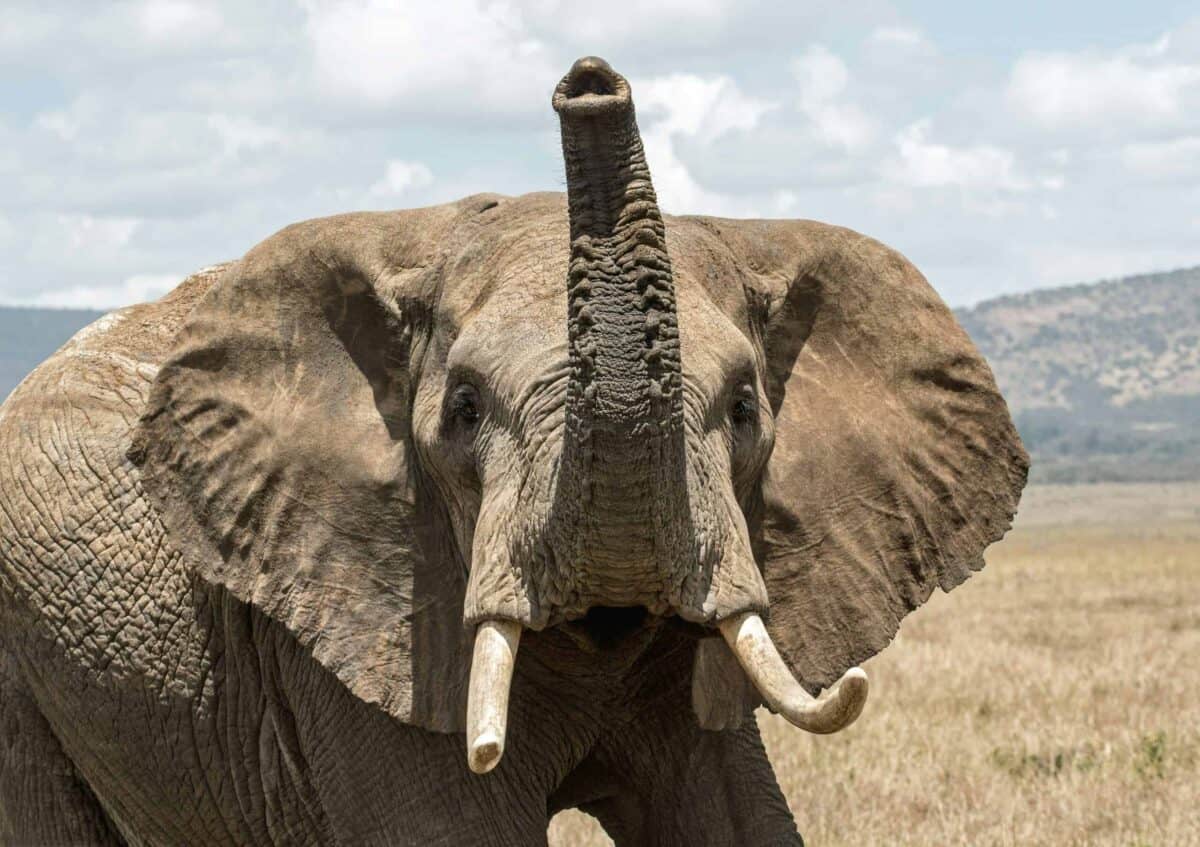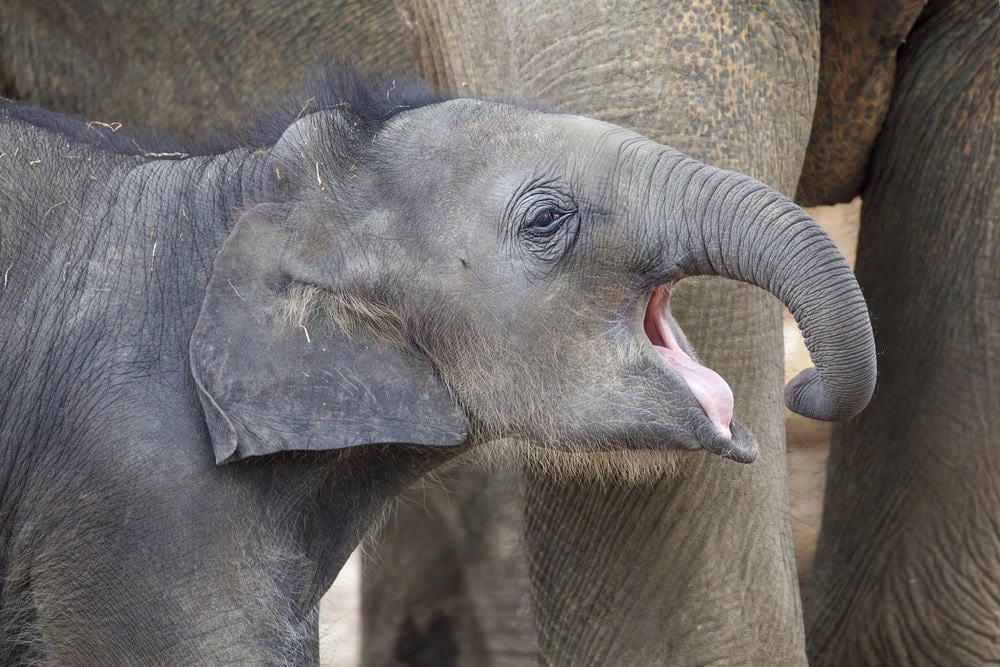Elephants, the majestic giants of the animal kingdom, are known for their intelligence, social structures, and communicative abilities. Among their diverse range of vocalizations and behaviors, the elephant’s trumpet stands out as one of the most iconic and intriguing sounds in nature. Reverberating through the savannas and forests, the trumpet holds significance both as a means of interaction among elephants and as a way to express emotion. In this article, we’ll delve into the specifics of the elephant’s trumpet, exploring its features, purposes, and the science behind its powerful sound.
Anatomy of the Elephant’s Trumpet

The sound of an elephant’s trumpet is not just a simple noise; it is a complex auditory phenomenon produced by the anatomical marvel of the elephant’s trunk. The trunk, an elongated combination of the nose and upper lip, houses over 40,000 muscles, making it incredibly versatile and strong. To produce a trumpet call, elephants forcefully blow air through their trunk, using its length and flexibility to modulate the sound. This unique physiology allows elephants to create trumpeting calls that can travel over several kilometers, a feature critical for communication over long distances.
The Functions of Trumpeting

Trumpeting in elephants serves several vital purposes within their social and environmental interactions. One of the primary functions of trumpeting is to convey strong emotions such as excitement, distress, or aggression. When elephants are confronted with threatening situations, they may trumpet loudly, acting as an alarm call to alert the herd of danger. Similarly, trumpeting can express moments of high emotion, such as during playful activities or social reunions after a prolonged separation.
In addition to displaying emotion, trumpeting helps maintain social bonds within elephant groups. Elephants are highly social animals, living in matriarchal herds dominated by females. The trumpet call can signify the presence and position of different herd members, ensuring cohesion and cooperation. When an elephant falls behind, a trumpet can act as a beacon, guiding it back to the group. During times of migration or travel, trumpet calls coordinate movements and synchronize actions among the herd.
The Science Behind the Sound

The elephant’s trumpet is not only remarkable for its volume but also for its unique sound frequency. Trumpet calls can vary extensively, from low-frequency rumbles to high-pitched blasts. Research suggests that elephants can adjust these frequencies depending on their purpose. Low-frequency sounds, which human ears often cannot detect, are vital for long-distance communication. They can travel through the ground as seismic waves, providing a subterranean form of messaging that is invaluable in dense forests or open savannas.
Scientists have examined the physical and neurological adaptations that allow elephants to produce such powerful calls. The combination of trunk muscle control and sophisticated vocal cord structures allows elephants to modulate their calls effectively. Furthermore, elephants’ large ear structures and acute hearing enable them to interpret and react to far-off trumpeting, which is key for their survival and social interaction in the wild.
Conservation Implications of Elephant Communication

Unfortunately, the ecological balance that facilitates the rich communication network among elephants is under threat. Habitat destruction, poaching, and climate change have disrupted elephant populations worldwide, threatening their ability to communicate effectively. Understanding the nuances of elephant communication, including trumpeting, is crucial in designing conservation strategies. Efforts to protect migratory routes and minimize human-induced noise pollution are essential for preserving elephants’ natural habitats and ensuring their social structures remain intact.
By studying the trumpet and other vocalizations, researchers can gain insights into the health and stress levels of elephant populations. Sound monitoring can help detect changes in elephant behavior and population dynamics, providing data to inform conservation policies. As we continue to learn more about these incredible creatures, it becomes increasingly clear how critical their communicative abilities are to their survival.
Conclusion: Celebrating the Mighty Trumpet

The elephant’s trumpet is more than just a loud call in the animal kingdom; it is a testament to the intelligence and adaptability of these magnificent beings. As we learn more about this powerful sound, we gain a deeper appreciation for the complex lives of elephants and the ecosystems they inhabit. Protecting these creatures and their habitats ensures that their trumpeting echoes through forests and savannas for generations to come. Such efforts not only preserve biodiversity but also celebrate the rich tapestry of life that makes our planet vibrant and diverse.
- 13 Most Aggressive Mammals in the Wild - August 24, 2025
- 10 Behaviors That Keep Eagles Healthy And 3 That Shorten Lifespan - August 24, 2025
- 13 Wildest Animal Migration Journeys - August 24, 2025

